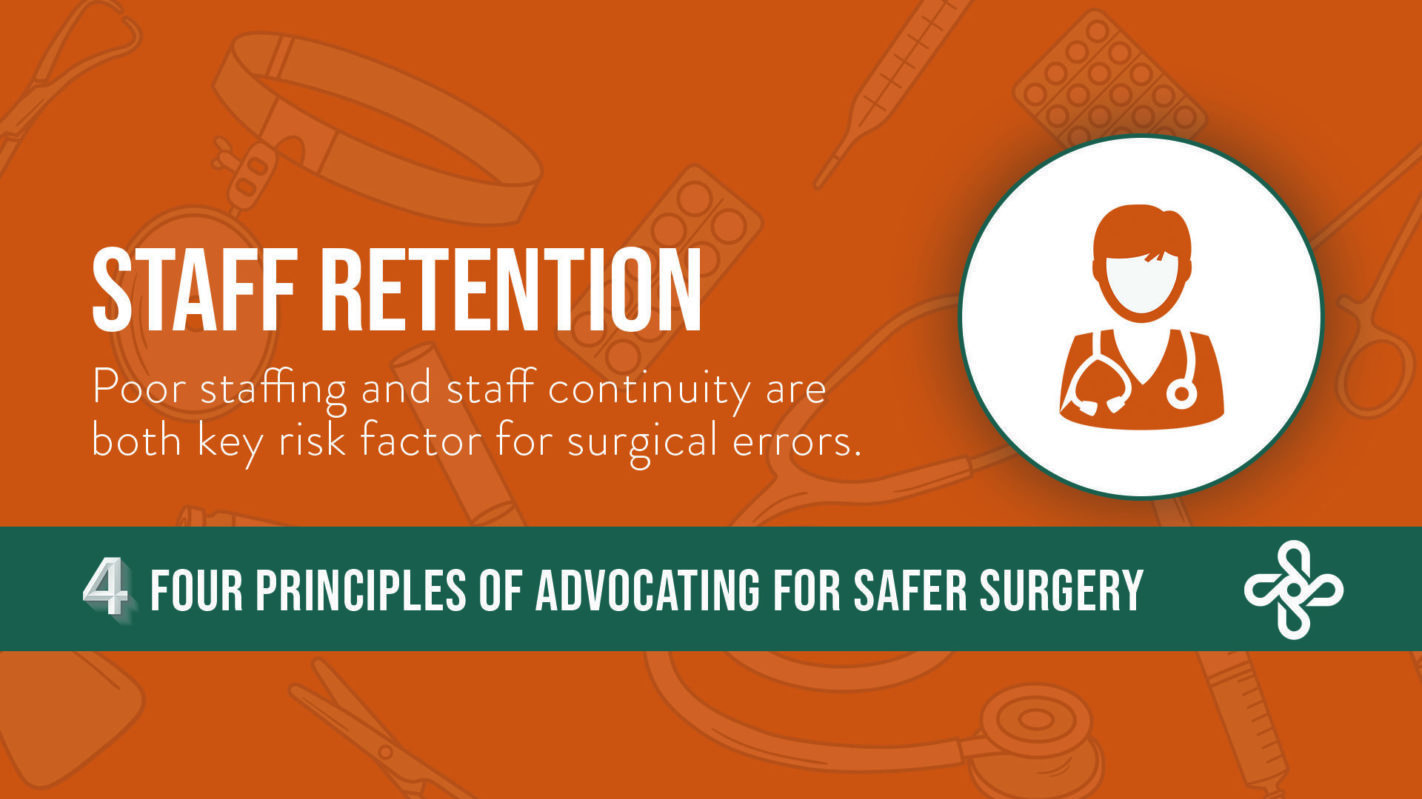
Linda B. Mongero, CCP
Director of Education and Clinical Performance
March 2, 2017
 The purpose of The American Academy of Cardiovascular Perfusion (AACP) is “to encourage and stimulate investigation and study which will increase the knowledge of cardiovascular perfusion, and to correlate and disseminate such knowledge.” I find that collaborating and sharing research findings and best practices with other medical professionals is one of the great pleasures of working in healthcare, and the AACP’s 38th International Meeting in San Diego gave me and my colleague, Al Stammers, MSA, CCP, the opportunity to share new research findings with the community. Al discussed The Effectiveness of Acute Normovolemic Hemodilution and Autologous Prime on Intraoperative Blood Management during Cardiac Surgery, which received the AACP’s Best Paper designation. I was pleased to present our study on The Effect of Ultrafiltration on End-Cardiopulmonary Bypass Hematocrit during Cardiac Surgery. The purpose of this research was to evaluate the effect of ultrafiltration (UF) on end-cardiopulmonary bypass (CPB) hematocrit by cardiac surgical procedure type, and I’ve summarized the findings below.
The purpose of The American Academy of Cardiovascular Perfusion (AACP) is “to encourage and stimulate investigation and study which will increase the knowledge of cardiovascular perfusion, and to correlate and disseminate such knowledge.” I find that collaborating and sharing research findings and best practices with other medical professionals is one of the great pleasures of working in healthcare, and the AACP’s 38th International Meeting in San Diego gave me and my colleague, Al Stammers, MSA, CCP, the opportunity to share new research findings with the community. Al discussed The Effectiveness of Acute Normovolemic Hemodilution and Autologous Prime on Intraoperative Blood Management during Cardiac Surgery, which received the AACP’s Best Paper designation. I was pleased to present our study on The Effect of Ultrafiltration on End-Cardiopulmonary Bypass Hematocrit during Cardiac Surgery. The purpose of this research was to evaluate the effect of ultrafiltration (UF) on end-cardiopulmonary bypass (CPB) hematocrit by cardiac surgical procedure type, and I’ve summarized the findings below.
Hemodilutional anemia is a consequence of cardiopulmonary bypass due to the asanguineous prime of the circuit. The degree of hemodilutional anemia is related to the patients’ initial hematocrit (HCT) plus priming volume of the circuit. There is variability among clinicians as to what the optimum HCT during CPB should be and it’s often weighed against postoperative morbidity and mortality. Many techniques have been developed that boast reduction of hemodilution and its untoward effects, such as off-pump procedures, minimally invasive approaches requiring shorter CPB time, and utilizing mini-extracorporeal circulation (MECC). Other similar techniques have been used to reduce the crystalloid load of patients undergoing CPB and include retrograde autologous priming (RAP), intraoperative conventional ultrafiltration (CUF), intraoperative hemoconcentrating volume with zero-balance ultrafiltration (ZBUF), and the post-CPB use of ultrafiltration either of the CPB circuit contents or by modified ultrafiltration (MUF).
We found a statistically significant relationship between UF volume removed and last hematocrit on bypass, which means that UF is effective, but mostly when the volume removed is under 2.5 L. For most procedure types, UF was less effective at increasing last hematocrit on CPB above 2.5 L. This raises the issue as to whether UF is actually warranted in some instances.
A lack of complete outcomes data presents a limitation for this retrospective review, which includes procedures conducted at 169 institutions. Also, the degree of hydration of these individuals or knowledge of renal status was not evaluated and the observation of UF volume revealed differences with regard to procedure type that cannot easily be explained. However, there were many questions from attendees after the presentation; perfusionists are interested in investigating exactly what UF means to their practice. We believe that this study, comprised of more than 77,000 consecutive cardiac procedures from SCOPE™, the SpecialtyCare Operative Procedural Registry, provides an interesting model for investigation and will kindled future research among our peers.
LEARN MORE ABOUT PERFUSION



Comments are closed.